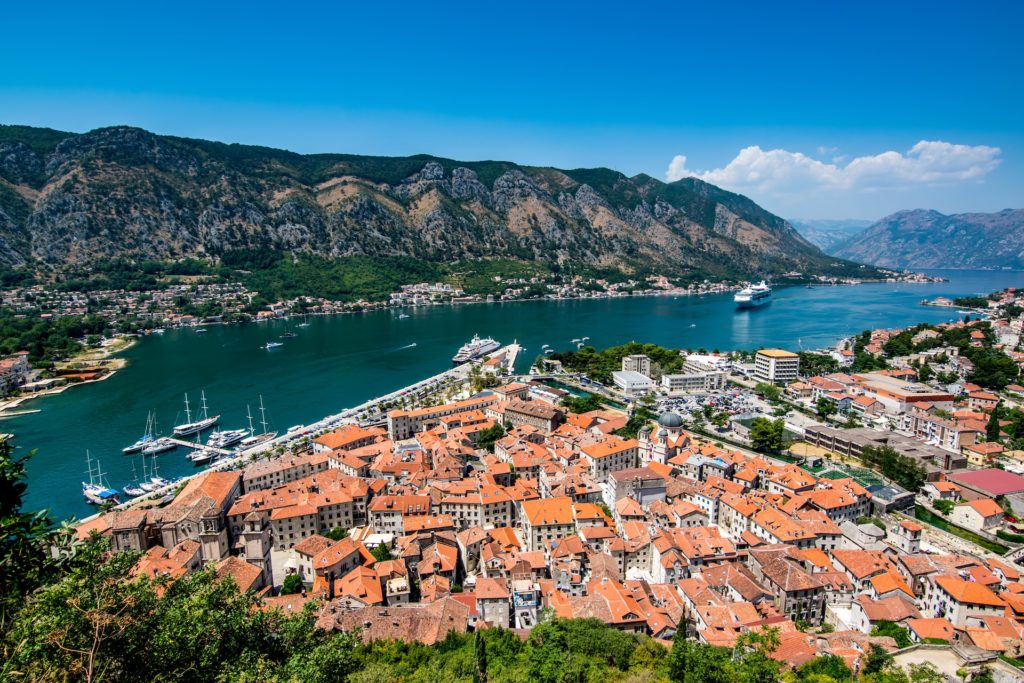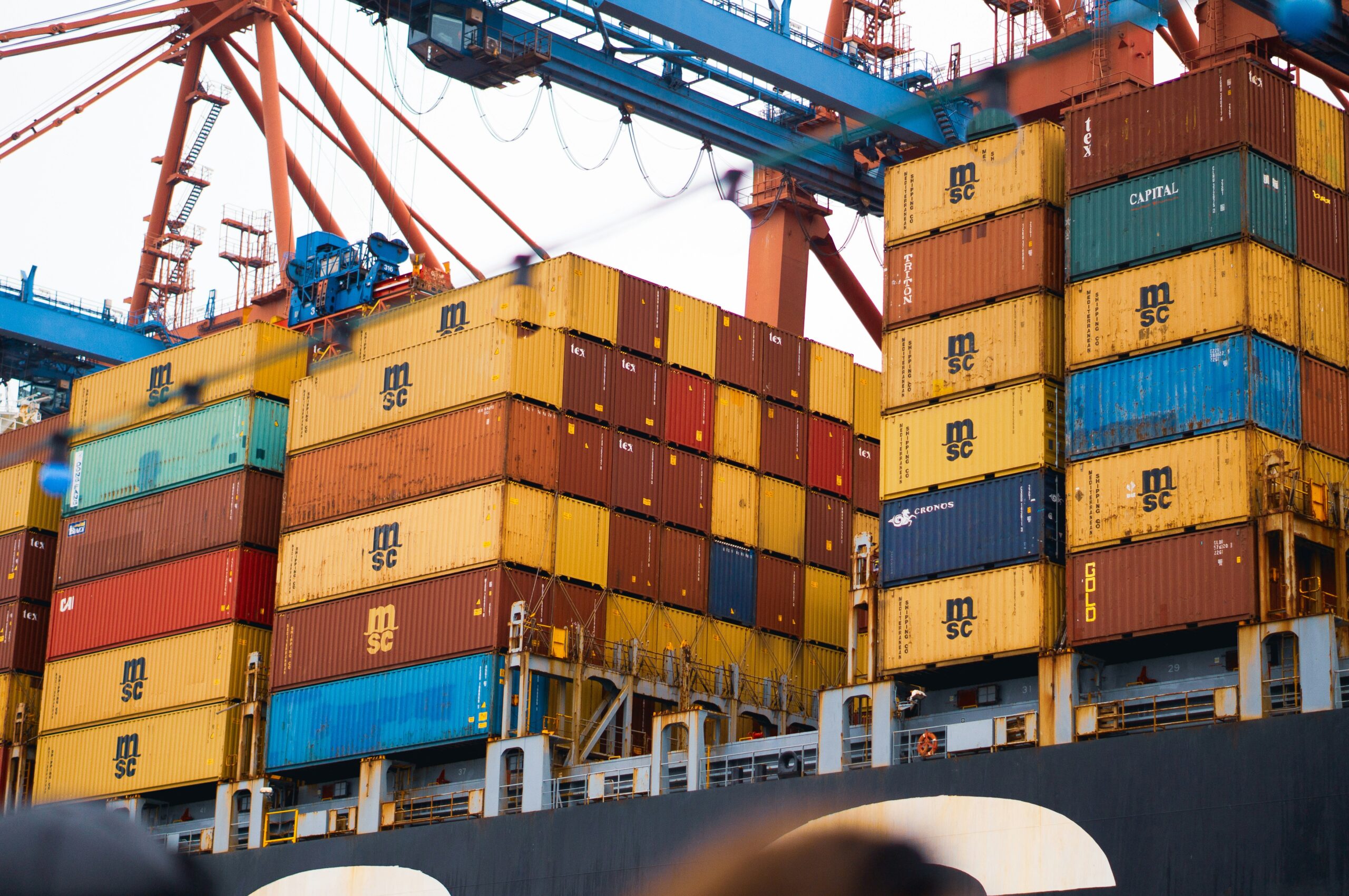Montenegro’s economy is low and open. Additionally, it is a particularly sensitive economy to external shocks, as it is primarily reliant on foreign capital inflows to promote growth.

EFTA
On November 14, 2011, the EFTA countries signed a free trade agreement with Montenegro in Geneva, Switzerland. The Agreement went into effect for Montenegro, Liechtenstein, and Switzerland on September 1, 2012, for Iceland on October 1, 2012, and Norway on November 1, 2012.
The Free Trade Agreement is primarily concerned with the liberalization of goods trade. With a few exceptions for fish and other marine items on Montenegro’s part, EFTA and Montenegro have abolished all customs tariffs on industrial products as of the Agreement’s entry into force. Additional agricultural agreements between EFTA countries and Montenegro are included in the instruments establishing the free trade zone.
With the agreement’s entry into force, EFTA eliminates all customs charges on industrial products originating in Montenegro, including fish and other marine products. Apart from a few delicate fish and other marine items, Montenegro also eliminates all customs taxes on industrial products originating in an EFTA country (Annex III). The majority of the goods are expected to be gradually dismantled by Montenegro until 2018. The Agreement does not call for the complete elimination of taxes on ten tariff lines of fish and other marine products, but it does call for a review within three years after the pact went into effect.
SAA
Since the start of the Stabilisation and Association Process, the EU has signed bilateral free trade agreements (FTAs) with each of the Western Balkan countries, including Albania (2009), and North Macedonia Bosnia-Herzegovina (2015); Montenegro (2010); Serbia (2013) (2016). The SAAs are instruments for the region’s economic development and political stability, as well as the establishment of a tight, long-term relationship between the EU and the Western Balkans. The SAAs provide a legal framework for adhering to the EU acquis and gradually integrating into the EU market.
Over a transitional phase, the SAAs established a free-trade zone, which has since expired for all but Kosovo* (2026). The Agreements call for the abolition of tariffs and non-tariff barriers to bilateral trade, and they apply to items from all chapters of the Harmonized System. Only a few agricultural and fishery goods, which are subject to reduced levies and/or favourable quantitative concessions, are not fully liberalized.
In addition, the agreements include measures relating to competition, a high level of intellectual property protection, and improved customs cooperation. They also contain additional disciplines such as government procurement, legislative approximation in various areas, including standardization, and service and establishment provisions.
Montenegro – Turkey
The Free Trade Agreement (FTA) between the Republic of Turkey and the Republic of Montenegro was signed in Istanbul on November 26, 2008, and went into effect on March 1, 2010.
The FTA controls a variety of topics, including sanitary and phytosanitary measures, intellectual property, rules of origin, internal taxes, anti-dumping and countervailing measures, safeguards, and balance of payments measures, in addition to abolishing tariffs and non-tariff barriers.
Upon the coming into force of the FTA, Turkey eliminated all customs duties for Montenegrin-originating items, while Montenegro gradually eliminated its customs taxes until January 1, 2015.
In the case of agricultural products, Turkey and Montenegro exchanged concessions in the form of tariff quotas subject to MFN duty reduction or exemption in exchange for particular products. Protocol I of the Agreement establishes the concession lists for agricultural items.
The products that will be eligible for preferential tariffs must comply with the origin standards outlined in Protocol II of the Agreement.



